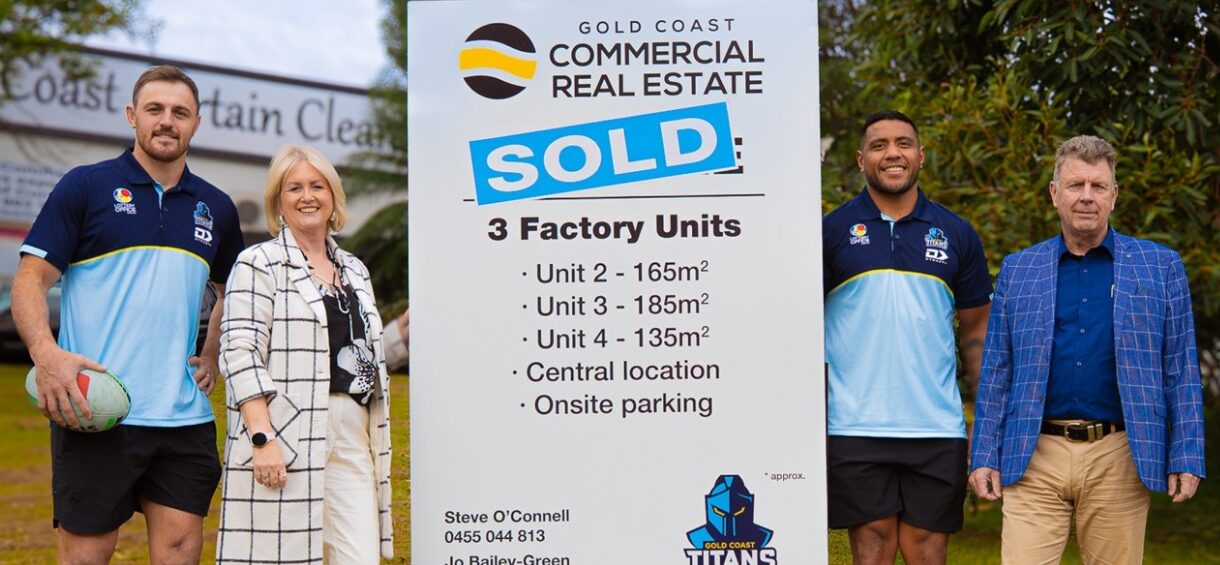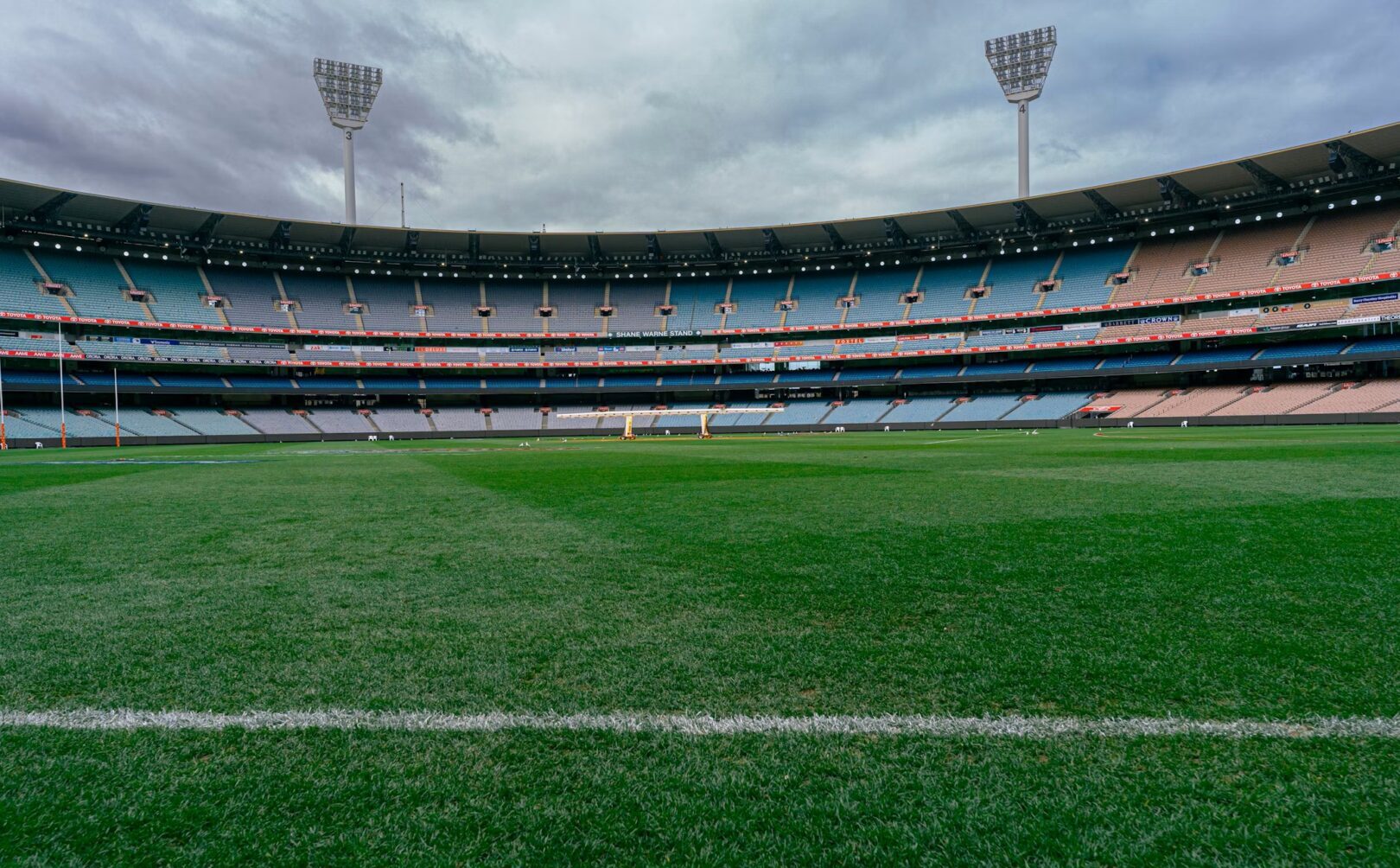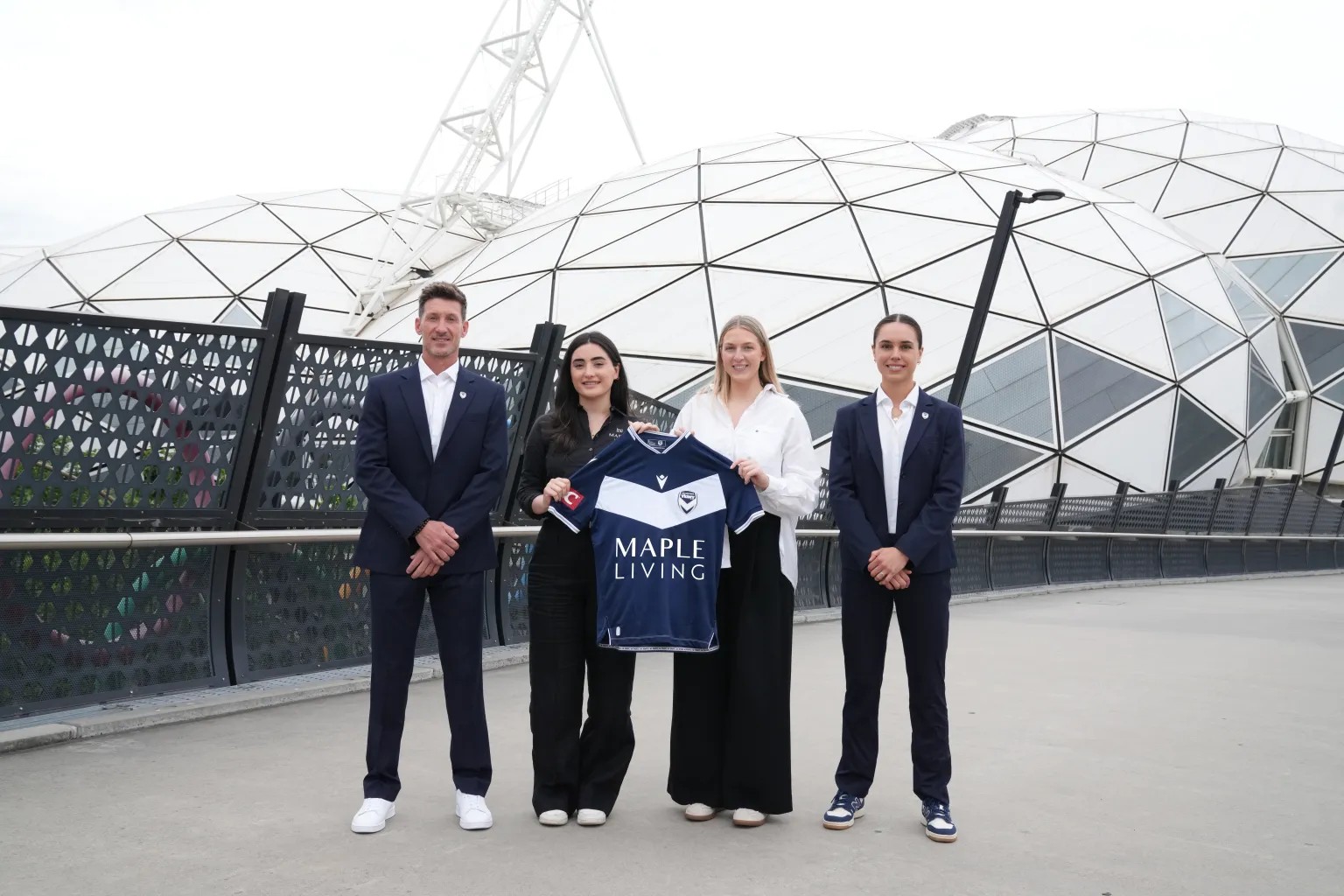Changing the Game: GSUN Experiment on Brisbane
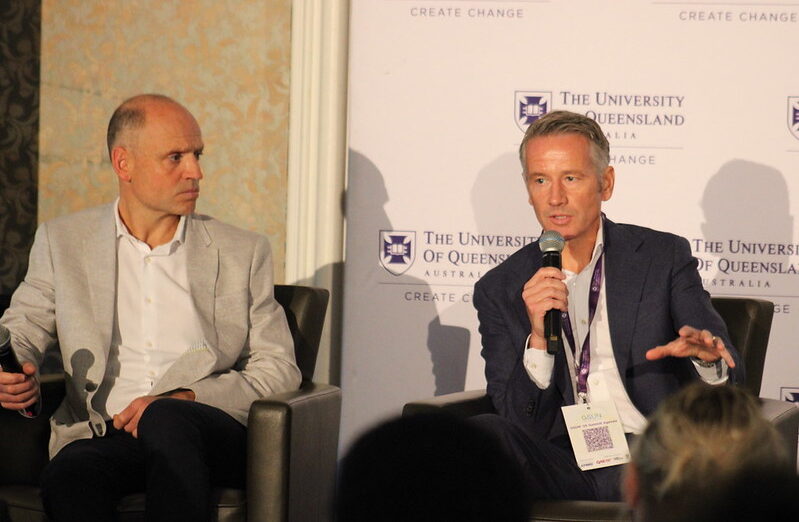
An interesting experiment unfolded in Brisbane last week—the city preparing to host the 2032 Olympic and Paralympic Games. For just the second time, the Global Sport University Network (GSUN) held its annual conference.
What makes this experiment unusual? Global Sport University is a consortium of universities—but the gathering was anything but academic, at least in the traditional sense.
Formed just three years ago, GSUN brings together 10 of the world’s leading sport universities: Queensland (the only Australian member, ranked #1 nationally and #2 globally in sport-related subjects by QS), Oregon and Michigan (US), Loughborough (UK), Cologne Sport University (Germany), British Columbia (Canada), Nanyang Technological University (Singapore), Waseda (Japan), São Paulo (Brazil), and Cape Town (South Africa). Its mission is bold: to provide a single front door into the expertise housed in these institutions for industry, government, and media.
That may sound straightforward, but anyone who has worked at the intersection of universities and industry knows the reality: collaboration is hard. Universities often struggle to meet the practical needs of business and government. Industry, in turn, often grows frustrated with universities, whose priorities focus on academic outputs, not the practical needs of business and government.
And yet, the most pressing issues in sport—whether athlete welfare, technology disruption, or building sustainable legacies from mega-events—demand collaboration across all three sectors. GSUN exists to test whether universities can structure themselves differently to make that collaboration stick.
That experiment was on display in Brisbane. Organizers tossed out the usual academic conference playbook. There were no “keynotes,” no hour-long presentations laden with dense slides and regression models.
Instead, every session was thematically organized and required a mix of voices: an academic, an industry or government leader, and, whenever possible, an athlete. Layered on top of this, the program also sought balance—across gender, across ability, ensuring that both disability sport and able-bodied sport were represented.
The emphasis was not on lecturing but on dialogue. The format attracted some big names: Mark Arbib, CEO of the Australian Olympic Committee, Nat Cook, Australian Olympian and gold medallist in Beach Volleyball, Hon Kate Jones, Vice-President, Australian Paralympic Committee, Commissioner, Australian Rugby League, Chairperson, Women in Digital and Director, Tech Council of Australia, Kylie Mason, Head of Wearables and Accessories, Samsung Electronics, and Finbarr Kirwin, Senior Vice President, Chief of Olympic & Paralympic Sport, United States Olympic and Paralympic Committee.
The topics were as wide-ranging as they were timely: the disruptive impact of technology on sport, the rise of athlete-driven income through name, image and likeness, sport’s role in diplomacy, and even the possibility of creating a “Silicon Valley of Sport” in Brisbane as part
of the 2032 legacy. The most talked-about session? A plenary panel on day two featuring only athletes—no academics, no bureaucrats, no CEOs. Just athletes speaking for themselves, and being heard.
This format matters. Too often, the people most directly affected by decisions in sport—athletes, coaches, communities—are absent from the decision-making table. By embedding athletes into the conversation, GSUN signaled that innovation in sport isn’t just about research findings or policy frameworks. It’s about lived experience, and the ability to translate that experience into action with partners who can implement change.
Of course, conferences alone don’t solve entrenched problems. But they can signal intent, and GSUN’s intent is clear: to disrupt the old rhythms of academia and create a platform where meaningful collaboration between universities, industry, and government is not just an aspiration but a practice.
As with any young organization, Global Sport University is still finding its way. Its identity is emerging not through grand declarations but through trial and error—through experiments like Brisbane. And that may be the point. Innovation rarely comes from playing it safe. It comes from throwing out the rulebook, testing new structures, and building unlikely alliances.
Identity, after all, is not a destination but an unfolding story. GSUN’s story is still being written—crafted through collaboration, dialogue, and the courage to grow into what it might yet become.
Don’t miss out on the latest in sports business – Subscribe today to the free Ministry of Sport newsletter and stay ahead of the game. For even more exclusive insights, event tickets, professional development and networking events, become a MoS Member today!.
Similar Stories
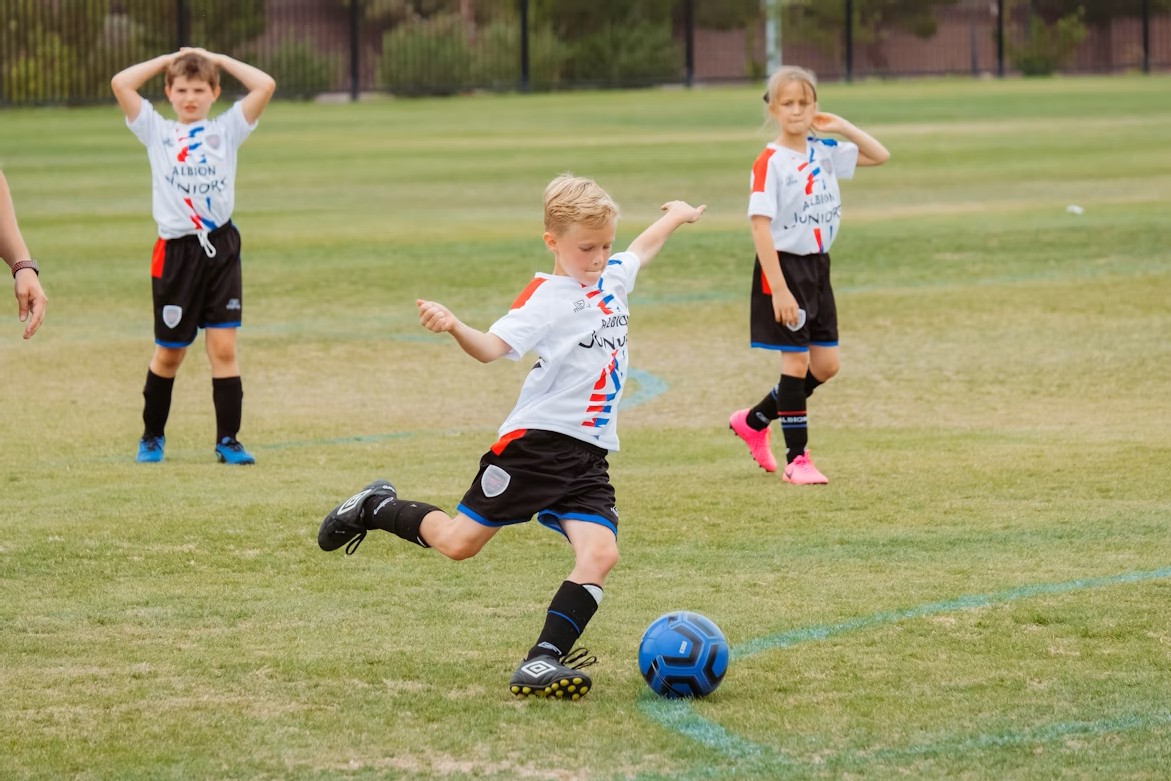
Queensland Government Launches “Sport Hub Queensland”
The Queensland Government has introduced an initiative with the launch of Sport Hub...
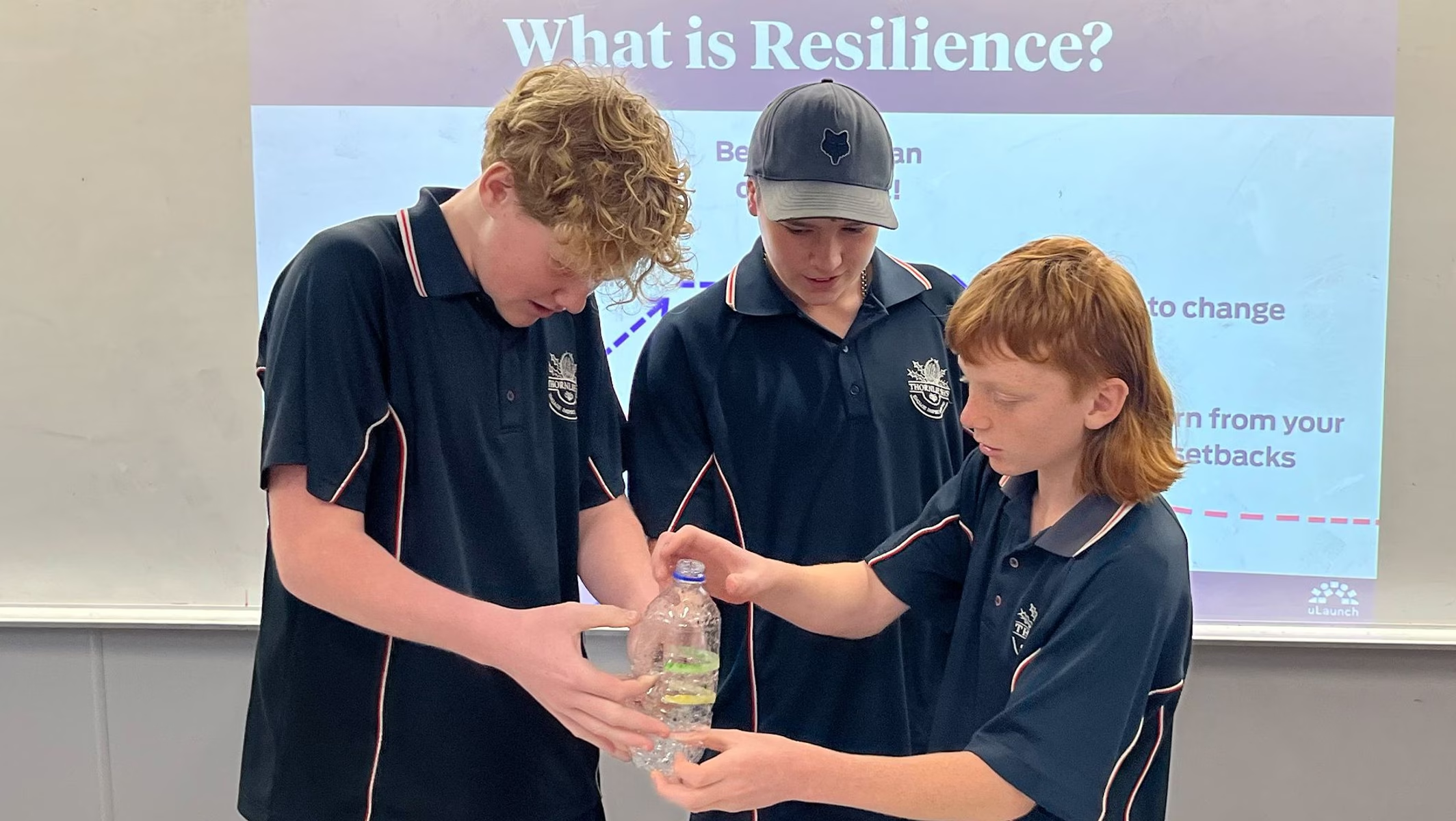
Purple Hands Foundation Doubles Mental Health Program Reach
The Purple Hands Foundation, founded by the Fremantle Dockers, is set to double...
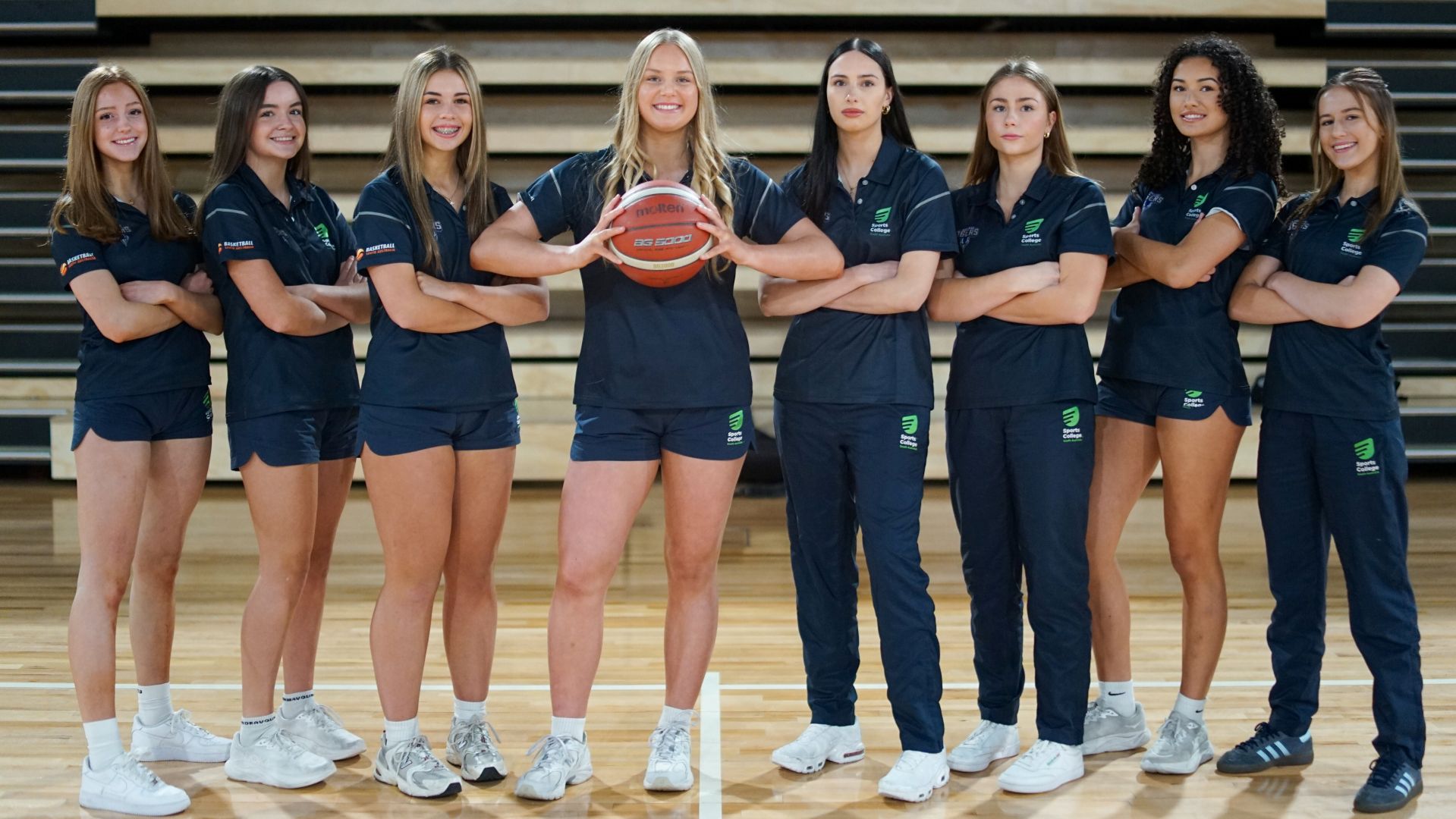
Adelaide 36ers Extend Partnership with Sports College SA
The Adelaide 36ers have announced the continuation of their successful partnership with Sports...
It's free to join the team!
Join the most engaged community in the Sports Business World.
Get all the latest news, insights, data, education and event updates.



